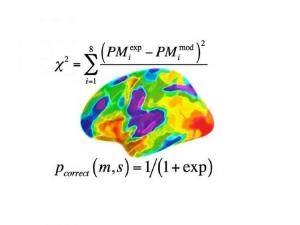In complex systems, a critical transition is a shift in a system’s dynamical regime from its current state to a strongly contrasting state as external conditions move beyond a tipping point. These transitions are often preceded by characteristic early warning signals such as increased system variability. However, early warning signals in complex, coupled human–environment systems (HESs) remain little studied. Here, we compare critical transitions and their early warning signals in a coupled HES model to an equivalent environment model uncoupled from the human system. We parameterize the HES model, using social and ecological data from old-growth forests in Oregon. We find that the coupled HES exhibits a richer variety of dynamics and regime shifts than the uncoupled environment system. Moreover, the early warning signals in the coupled HES can be ambiguous, heralding either an era of ecosystem conservationism or collapse of both forest ecosystems and conservationism. The presence of human feedback in the coupled HES can also mitigate the early warning signal, making it more difficult to detect the oncoming regime shift. We furthermore show how the coupled HES can be “doomed to criticality”: Strategic human interactions cause the system to remain perpetually in the vicinity of a collapse threshold, as humans become complacent when the resource seems protected but respond rapidly when it is under immediate threat. We conclude that the opportunities, benefits, and challenges of modeling regime shifts and early warning signals in coupled HESs merit further research. Source: www.pnas.org
via Early warning signals of regime shifts in coupled human–environment systems — Complexity Digest



